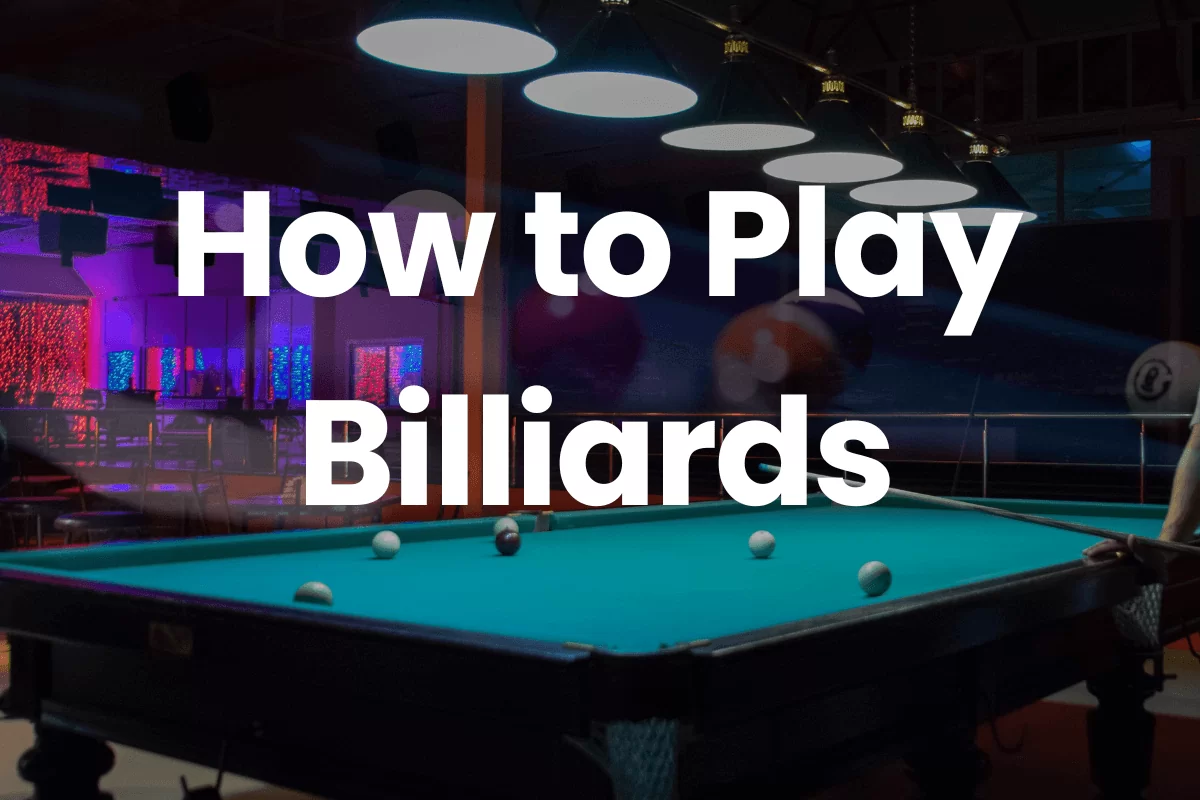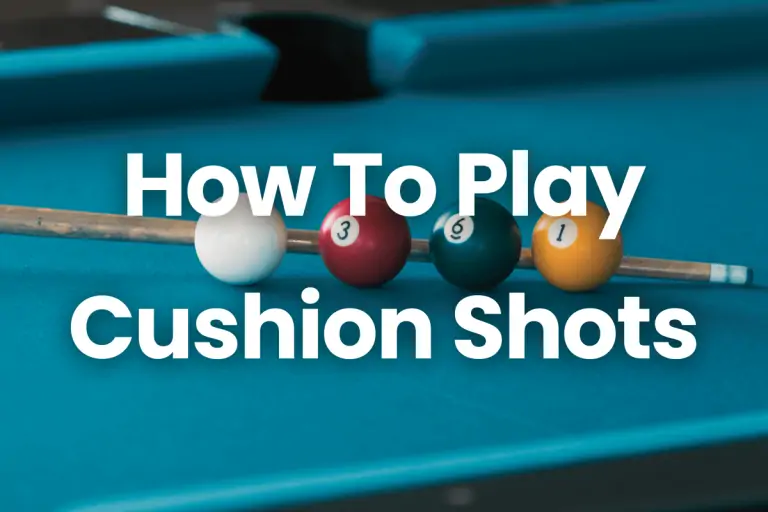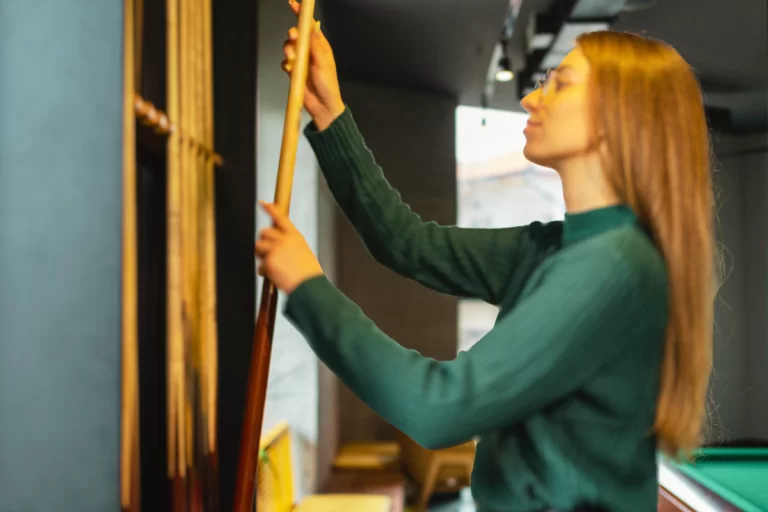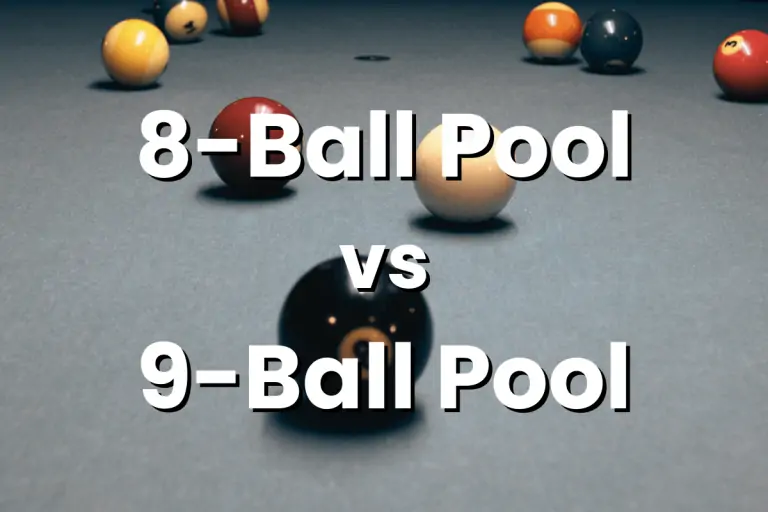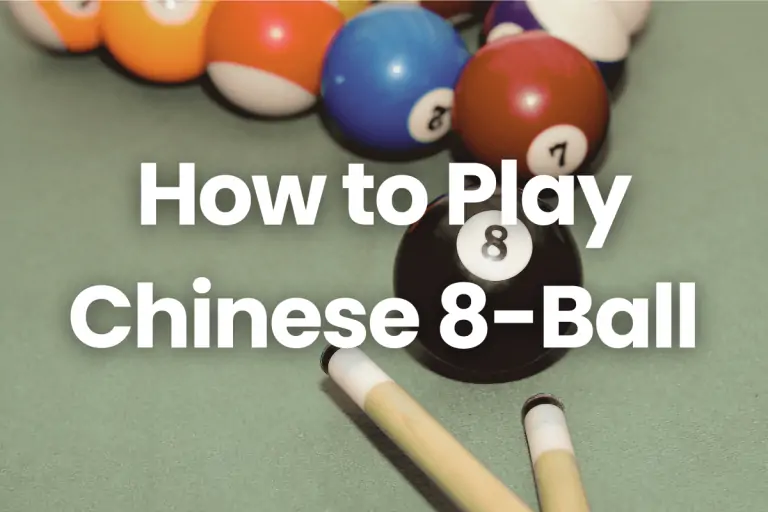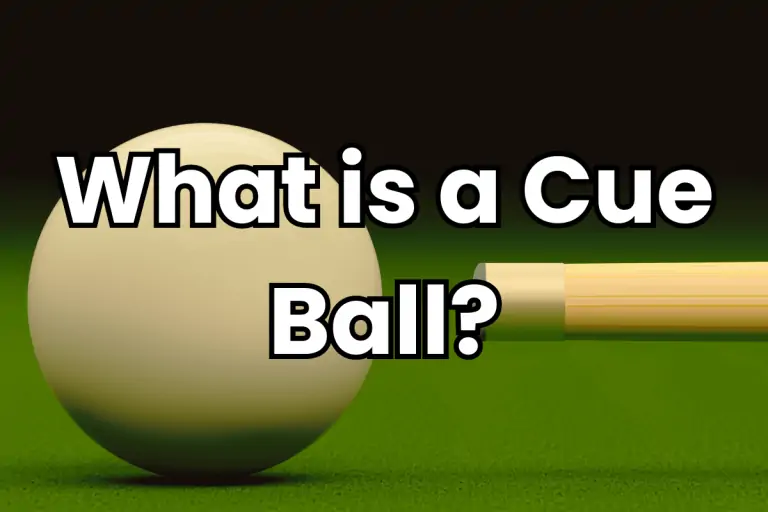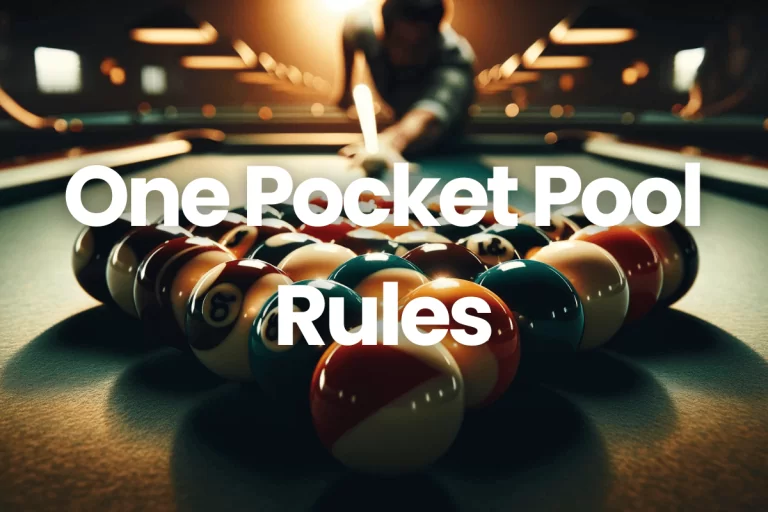Billiards Made Easy: Learn How to Play Billiards and Master the Rules (2024)
Welcome to the exciting world of billiards, a game that combines skill, strategy, and a touch of finesse! If you’re new to this classic cue sport, you’re in for a real treat. Billiards has been a beloved pastime for centuries, captivating players of all ages with its unique blend of precision and challenge. Whether you’re looking to unwind with friends or develop a new hobby, billiards offers endless hours of entertainment.
In this guide, we’re going to introduce you to the fundamentals of how to play billiards. From understanding the basic rules to learning key playing techniques, we’ve got everything covered to get you started on the right foot. We aim to make this journey as easy and enjoyable as possible, especially if you’re picking up a cue for the first time. So, grab your chalk, and let’s dive into the world of billiards together!
Understanding the Basics of Billiards
Billiards is a fascinating cue sport where players use a cue stick to hit billiard balls on a felt-covered table. Originating in the 15th century as an outdoor lawn game, it has evolved into various indoor versions played worldwide. There are several popular variations of billiards:
Pocket Billiards (or Pool): Predominant in the U.S., this version involves pocketing a set of balls into six table pockets.
Carom Billiards: Popular in Europe and Asia, played on a pocketless table, focusing on making the cue ball contact multiple balls in one shot.
Snooker: Combines precision and strategy, played on a larger table with small pockets, using a unique set of scoring rules.
Each variant offers its unique challenges and appeal, making billiards a diverse and engaging sport.
Equipment Used in Billiards
In billiards, the right equipment is key to a good game. Here’s a quick overview of the essentials:
Cue Sticks: These are your primary tools for striking the balls. They vary in weight, balance, and length. Beginners should look for a cue stick that feels comfortable to hold and is not too heavy – typically around 19 to 21 ounces is a good starting point.
Billiard Balls: A standard set includes a cue ball and fifteen object balls. Make sure they are of good quality and well-balanced for consistent play.
The Table: Billiards tables come in different sizes. A standard table is usually 9 feet long and covered in a fine, felt cloth. For beginners, playing on a smaller table initially can help in honing skills.
Fundamental Rules of Billiards
In billiards, grasping the fundamental rules is crucial for both enjoying and excelling at the game. Here’s a concise guide to the basics:
Basic Billiards Rule
- The primary goal in billiards typically involves using a cue stick to strike the cue ball, which then hits other balls on the table. The specific objectives can vary, from pocketing balls in a sequence to accumulating points through skillful shots.
Common Fouls and Penalties
- Fouls in billiards include failing to hit the designated ball, not contacting any balls, or pocketing the cue ball (known as a scratch).
- Penalties for these fouls vary but often involve giving the opponent an advantage, such as ‘ball in hand’, point deductions, or loss of a turn, depending on the specific variant of the game being played.
How to Play Billiards: Step-by-Step Guide
Playing billiards can be both enjoyable and a test of skill. Here’s a step-by-step guide to get you started:
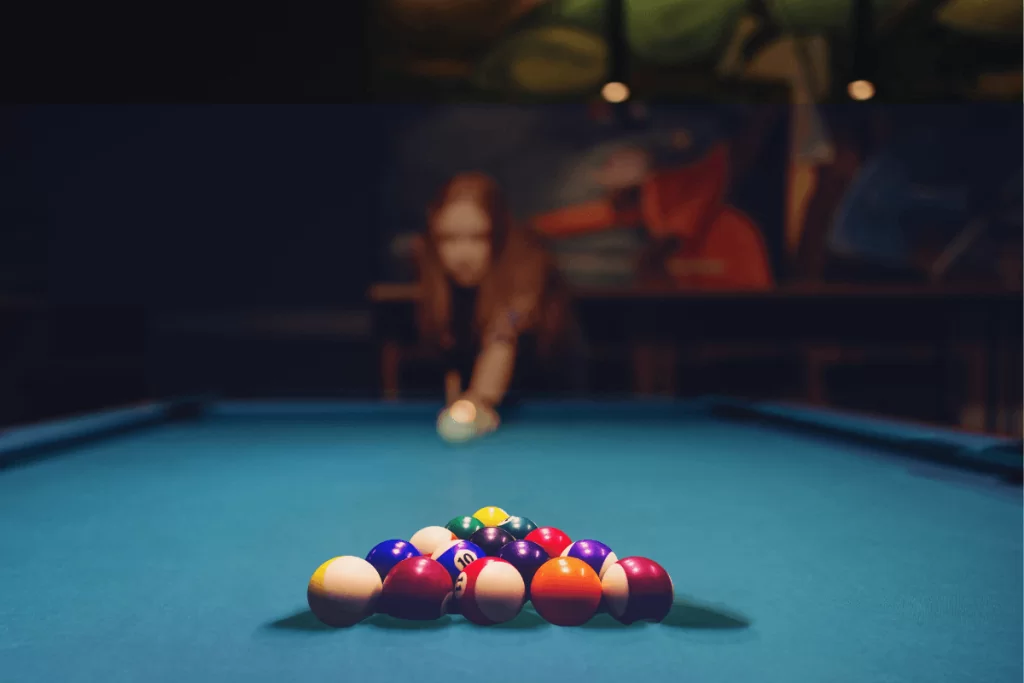
Setting Up the Game
Prepare the Table: Ensure the billiards table is clean and free of obstructions.
Rack the Balls: Depending on the game variant, arrange the balls in the appropriate formation. For example, in a straight pool, the object balls are racked in a triangle at the foot of the table.
Playing Billiards
Stance: Stand with your feet shoulder-width apart for balance. Your body should be aligned with the shot.
Cue Grip: Hold the cue stick near the end with your dominant hand. Your grip should be firm but relaxed.
Bridge Hand: Place your other hand on the table to form a bridge. This hand stabilizes the cue stick as you aim and shoot.
Aiming: Focus on the target ball and visualize the path and point of contact. Aim the cue ball to strike it accurately.
Shot Execution: With a smooth motion, pull the cue stick back and then push it forward to strike the cue ball. The motion should come from your elbow, keeping your forearm vertical.
Strategies for Aiming and Ball Control
Plan Your Shots: Think ahead about how each shot will set up the next one. Positioning is key.
Control the Cue Ball: Learn to apply different spins (English) to control the cue ball’s movement after it hits the target ball.
Practice Drills: Regularly practice to improve your aiming accuracy and cue ball control. Set up various shots and try to execute them consistently.
Remember, like any sport, mastering billiards takes time and practice. Don’t be discouraged by early challenges; keep practicing, and you’ll see improvement in your game.
Advanced Billiards Techniques
Advancing your billiards game involves mastering some more complex techniques and refining your precision. Here’s a brief overview:
- Advanced Playing Techniques
- Learn to control the cue ball with spins (topspin, backspin, sidespin) for better positioning.
- Practice bank shots (bouncing the ball off a cushion) and kick shots (hitting the cue ball into a cushion to reach another ball) for difficult angles.
- Improving Precision and Skill
- Focus on consistent cue action. A smooth, straight stroke is crucial.
- Develop your aiming with the ghost ball method, visualizing the point of contact for accuracy.
- Regularly practice challenging shots to enhance your adaptability and skill under different scenarios.
Common Mistakes and How to Avoid Them
In billiards, beginners often make common mistakes. Here’s how to identify and avoid them:
Poor Stance and Grip: A stable stance and relaxed grip are essential. Avoid standing too rigidly or gripping the cue too tightly, as it can affect your shot’s accuracy.
Incorrect Bridging: Ensure your bridge hand is stable and comfortable. A shaky or improper bridge can lead to inaccurate shots.
Overpowering Shots: Using too much force can lead to loss of control. Practice using the right amount of power for different shots.
Not Planning Shots: Think a few shots ahead. Failing to plan your sequence can leave you in difficult positions.
Neglecting Cue Ball Position: Pay attention to where the cue ball will end up after your shot. This positioning is key for setting up future shots.
Conclusion
To wrap it up, playing billiards is all about getting familiar with the rules, handling the cue correctly, and making smart shots. It’s a game where strategy and skill go hand in hand. Keep practicing, learn from each game, and don’t hesitate to try new techniques. The more you play, the better you’ll get. So, grab your cue, hit the tables, and most importantly, have fun with every shot you take!
FAQs
How many balls are used in a standard game of billiards?
In traditional carom billiards, three balls are used: one white, one white with a spot, and one red. In pool, there are fifteen object balls and one cue ball.
What’s the difference between billiards, pool, and snooker?
Billiards typically refers to carom billiards, played without pockets. Pool involves pocketing balls into six pockets, and snooker is played with 21 balls on a larger table, requiring balls to be pocketed in a specific order.
Is it necessary to call your shot in billiards?
In carom billiards, you don’t need to call your shots. In pool and snooker, the rules can vary, with snooker requiring players to call the ball and pocket.
Can beginners play on a professional billiards table?
Yes, beginners can play on professional tables. However, they may find smaller tables more manageable to start with, as they are easier for learning and practicing shots.

